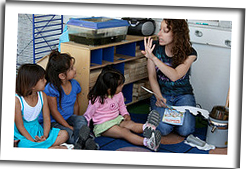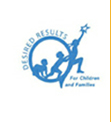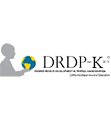Home | Understanding Dual Language Development | Paths to Bilingualism
Paths to Bilingualism
Children become bilingual in different ways. For some children, exposure to more than one language begins very early in life, and for others it occurs later. The age at which a child is exposed to additional languages determines the course of second language development.
According to Patton Tabors (2009), the following factors impact children’s bilingual development.
Exposure and Opportunity to Practice
Children must have sufficient time spent in contact with the new language. They must have opportunities to engage in meaningful activities involving the new language on a regular basis.
Motivation
Desire to communicate with speakers of a particular language is one of the best predictors of success in learning that language. The value which families and teachers place on each language will be reflected in the child’s progress. If families and teachers demonstrate the value of each language, the child will be more motivated to learn and use each language.
Age
Progress slower for children aged four and younger. Older preschoolers, and school aged children, have a better understanding of how language works, and they can utilize this knowledge to learn the new language(s) faster.
Personality
- Children who are more outgoing have an easier time learning a second language than shy and reserved children.
- Children who are exposed to more than one language prior to age three are simultaneous bilinguals.
- Children who are exposed to more than one language at age three or later in childhood are sequential or successive bilinguals.
- Without sufficient opportunities to use either the new language(s), or the home language, children may become receptive bilinguals.
Read more about:
- Understanding Dual Language Development
- Who are dual language learners?
- Paths to Bilingualism





